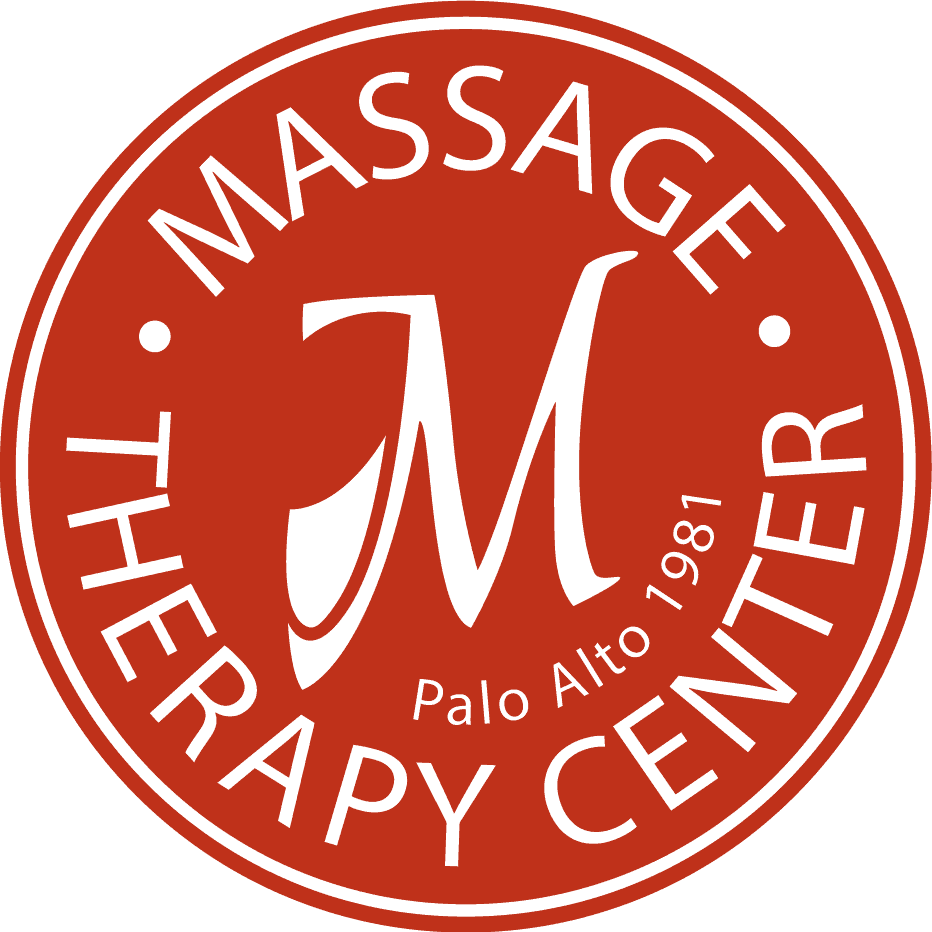Thinking in Tissues: A Fresh Perspective on the Anatomy We Touch

Summary:
Our bodies comprise four tissue types: epithelial, muscle, nervous, and connective. Your massage strokes touch all of these.
The word tissue comes up frequently in our work as massage therapists. Deep-tissue massage. Soft-tissue injury. Scar tissue. But what is a tissue, exactly? Is tissue just another name for the individual structures we’ve studied, like muscles, ligaments, and bones? Or is there more to it? Let’s start with the first question, “What exactly is a tissue?” Tissues are simply a part of the organizing framework biologists use to describe how the body is structured. It goes like this: cells group together to make a tissue; two or more tissues together make an organ; organs together make a body system; and all the systems together make up the whole organism. Thinking in terms of tissues gives us a more refined way to discuss the anatomy we know and some we are less familiar with. Individual, distinct structures are made of multiple tissues, and many tissues lack structural definition but are still affected by our work. Our massage strokes touch all the tissues.
TISSUES: THE BODY’S WOVEN FABRIC
For a long time, anatomists were limited to studying only what they could see with the naked eye—macrostructures, like organs and muscles. In the early 1600s, when astronomers invented telescopes to zoom in on the cosmos, the same technology helped them create a way to look closely at the human body. Using lenses to manipulate light, scientists crafted the earliest microscopes, paving the way for the new field of microanatomy. For the first time, microscopes made studying the body at the cellular level possible. Scientists began documenting what cells look like, how they are organized, and how they work together. Teams of collaborating cells were grouped into categories called “tissues” and described as the biological fabrics of the body. The anatomical concept of tissue is over 200 years old and derives from “tissu”, the French word for “fabric.”
ONE BODY, FOUR TISSUES
Every structure we see and touch in the human body contains one or more of four tissue types: epithelial, muscle, nervous, and connective. Let’s look at each and see if you recognize them.
(1) Epithelial Tissue
Epithelial tissue lines the inner and outer surfaces of the body. It’s what you see when you look in the mirror and what you touch first in each massage. The skin’s epidermis is epithelial, as are the linings of our blood vessels, heart, and even our gut from the mouth all the way to the other end. Epithelial tissues create protective sheets through strongly adhered cells packed together side by side. They create a barrier that determines what is blocked out and what gets through to the deeper layers.
(2) Muscle Tissue
Muscle tissue powers every heartbeat and step we take. It moves our food through our digestive tract and raises our hair on end when we’re frightened. All of this is possible thanks to the muscle tissue’s specialized cells that generate the force that powers movement. The capacity to move comes from the protein duo actin and myosin. When stimulated, the two proteins convert chemical energy into movement by reconfiguring their shape and sliding across each other, which shortens the muscle unit and creates a muscle contraction.
(3) Nervous Tissue
Nervous tissue is specialized to transmit electrochemical impulses that communicate information rapidly to and from the brain and other parts of the body. Highly specialized cells called neurons and a support crew of glial cells make up nervous tissue. Together, neurons and glial cells enable the body to respond to changes in both the external and internal environments and to integrate activities from all the body systems.
(4) Connective Tissue
Connective tissue brings everything together (literally). A large tissue family, it includes tendons, ligaments, and cartilage, as well as bone, adipose, and blood. All the elements of the fascial system, from the IT band to the plantar fascia, are connective tissue. Unlike the other tissue types, connective tissue is not classified based on its cells, but by what’s outside the cells—the extracellular matrix. It’s important to remember that the four tissue categories are human-made divisions of convenience that help us understand their organization and function. But in the living human form, they are intricately woven together. Like the continuous fl ow of our massage strokes, all tissues are interconnected.
PLAYING FAVORITES
Depending on your training, it’s tempting to play favorites with tissue types. Many of us learned we were primarily massaging muscle tissue. Some modalities claim that massage affects only nervous tissue, while others suggest the impact on fascial connective tissue
is the most important. It is essential we remember that we can never touch just one tissue type. When we touch the skin’s epithelial tissue, we simultaneously touch the sensory nerve endings made of nervous tissue. Similarly, when we address any given muscle, there’s much more at play, because muscle tissue can never be separated from its enveloping and interpenetrated connective and nervous tissues.
When Method Shapes What We See
Dissection has long served as the primary method for anatomical studies. The word anatomy comes from the Greek ana- and -tomia, which translate as “to cut apart” or “cutting up.” While this method has yielded an immense understanding of the human body, it has also created blind spots. Focusing on what can be seen after separating the parts naturally prioritizes the stronger structures that maintain their definition and form. The more delicate tissues that obscure or lack clear delineation are lost, even though they are often the ones that provide the vital, supportive environment and connection between the parts. And for touch therapists, the ways tissues connect and relate can be just as important as the individual structures.
By Nicole Trombley and Rachelle Clauson.
